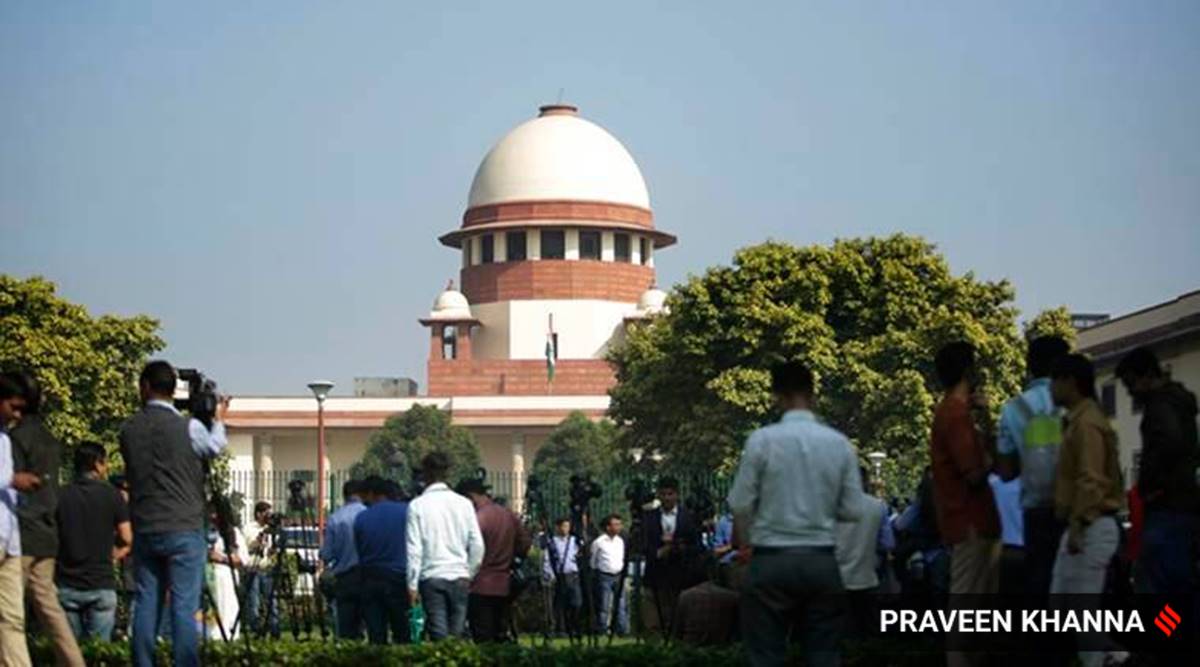 "The Executive, through its law officers, must stand up to the Supreme Court when it seeks to judicially review a purely administrative or policy decision without any jurisprudential basis to do so."
"The Executive, through its law officers, must stand up to the Supreme Court when it seeks to judicially review a purely administrative or policy decision without any jurisprudential basis to do so."Close observers of the Supreme Court of India will agree that the role, functions and proceedings of the Court have changed considerably in the last two decades. Some noticeable features are
– System of assignment of cases to judges, especially the presiding judge;
– Composition of Benches;
– Expansion of the Court’s jurisdiction;
– Jurisprudential foundation of certain judgments; and
– Erosion of the powers of the Executive.
Old Concerns Persist
Many scholars have written about judicial reforms. Many reforms have been undertaken by the Central and state governments — creation of special courts, appointment of more judges, etc; by Parliament — more legislation; and by the Supreme Court itself — digitisation, case management and, now virtual courts. Yet, the disturbing facts remain as they were — huge pendency of cases at every level; large number of unfilled vacancies of judges; and general dissatisfaction among litigants about the quality of justice that is delivered.
A renewed concern has been expressed about the ‘independence’ of the judiciary. The causes for the concern are different at the levels of the subordinate judiciary, High Courts and Supreme Court.
My immediate focus is on the Supreme Court. So far as fundamental rights are concerned — and now increasingly human, animal and environmental/ecological rights too — the Supreme Court is the sentinel on the qui vive. That role can be performed only if the Court is fiercely independent and, in my view, that independence can be preserved and demonstrated only if some major reforms are undertaken. Here are some desirable reforms:
Wanted: Constitutional Court
1. The Supreme Court must be elevated to a Constitutional Court. It must hear and decide only cases involving questions regarding the interpretation of the Constitution of India and, on rare occasions, cases that involve legal issues of great public importance and consequences. Under my proposal, there will be seven judges of the Supreme Court sitting as one Court and not in Benches.
A question will arise immediately: who will hear appeals from judgments of High Courts? Appellate jurisdiction is indeed an important function, especially in a federal system, and High Courts could give conflicting judgments. The answer is to create Courts of Appeal: five Courts of Appeal, six judges in each Court sitting in two Benches of three judges each, altogether 30 judges. Not a large number for a country whose population is expected to peak at 161 crore.
Thus with 37 judges — the present sanctioned strength of the Supreme Court is 34 — the highest Court can be reformed to perform both roles as a Court of Appeal and a Constitutional Court.
2. It is necessary to eliminate the practice of ‘assigning’ cases to Benches. Under the new arrangement, there will be no Benches and no need for a Master of the Roster. (Critics say that the system of Master of the Roster has turned into a system of Roster of the Master.) Mr Justice K N Singh, during his brief tenure of 18 days as Chief Justice, assigned to his Bench a set of cases and delivered judgments; after his retirement, many of those judgments were reviewed and reversed. How can one explain Mr Justice Dipak Misra passing, in a case involving allegations against himself, an order on the administrative side overruling a judicial order (albeit unusual) of another Bench, constituting a five-judge Bench led by himself to affirm the administrative order, and then assigning the case to a three-judge Bench? And how can one condone Mr Justice Ranjan Gogoi assigning to his Bench (with two other judges) a case involving allegations against himself and the Bench hearing and passing an order signed only by the other two judges? These are, of course, egregious examples, but we must discard the practice of assigning cases to Benches of the Supreme Court.
Other Reforms
3. Because Benches hear cases, the law declared by the Supreme Court is uncertain. Every highest court has reversed its earlier rulings, but usually such reversals are because of epochal changes or widespread clamour among the people. However, in India, judgments have been reversed because a two- or three-judge Bench has refused to follow binding judgments of Constitution Benches; or because a Bench of three judges has simply taken a view different from an earlier view. An example is the case involving Section 24 of the Right to Fair Compensation and Transparency in Land Acquisition, Rehabilitation and Resettlement, Act, 2013. Practising lawyers are worried about the legal uncertainty. There is also uncertainty in the minds of citizens in arranging their personal and business affairs while the law is being interpreted and re-interpreted differently.
4. The Executive, through its law officers, must stand up to the Supreme Court when it seeks to judicially review a purely administrative or policy decision without any jurisprudential basis to do so. If the Executive’s policy or administrative decision is wrong, the place to correct it is the Parliament/Legislature or the voting booth.
5. The scope for the Executive to ‘reward’ judges of the Supreme Court after their retirement must be eliminated. Every judge of the Supreme Court, after retirement, should receive his/her full salary and allowances for life, but may not accept any assignment or post or Constitutional office. It is a small financial cost that the nation will bear cheerfully to ensure the independence of the Supreme Court.
You should think about more reforms because we all need an independent Supreme Court.